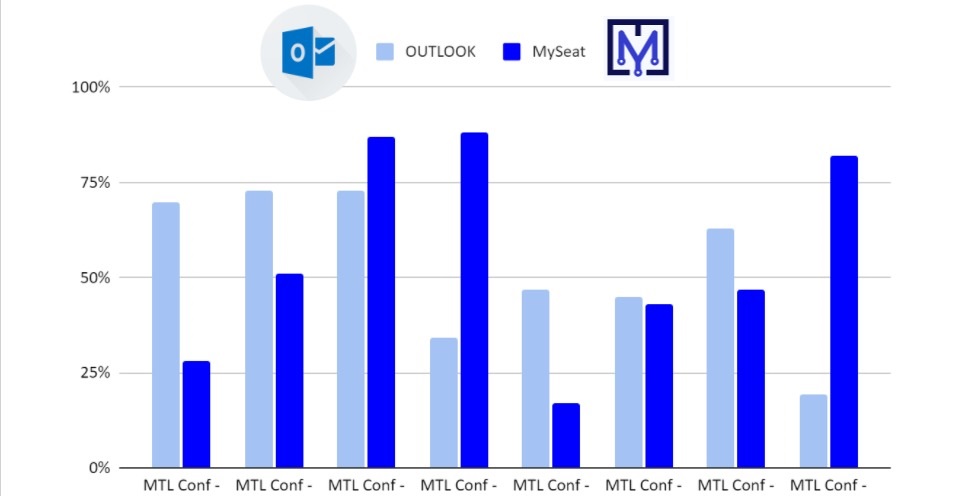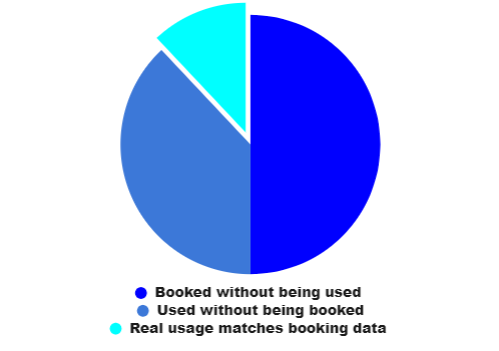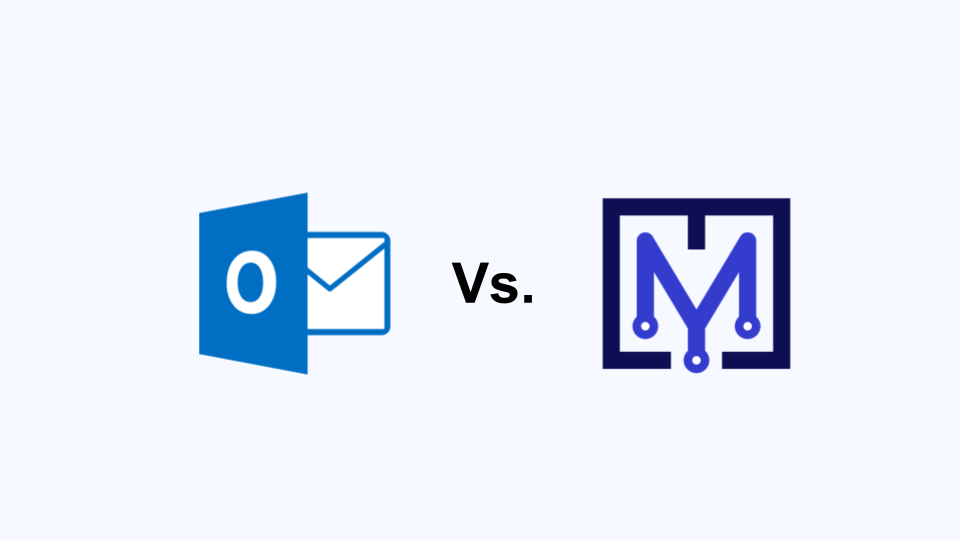In order to build a fully functional and well proportioned office, space planners must be able to anticipate the demand for all workspace resources they include in the Functional Technical Program (FTP).
Asking your end-users what they need and what they would like to have in their office, is certainly the first step toward building a space that works for its occupants.
However, it is well known that there are persistent gaps between what people think they want and what they really need, or what they end up actually using. That’s why space planners want to go beyond surveys; they want to measure what the real demand on resources really looks like …
Room reservation software is an essential part of any workplace technology suite, that allows users to reserve shared resources for a certain period of time. But is the data they hold really representative of how the space is actually used ?
Here is one sample study that shows persistent gaps between meeting room booking data and the actual time of use.
Booking data compared to real-time use for a group of 8 meeting rooms.

Reading: Both booking and utilization data are represented in % of the total offer (8 hours conventional business day) the dark blue bars represent the real time of occupancy measured by MySeat wireless sensors. The light bars represent the time booked by users on Microsoft Outlooks.
Meeting rooms are one example of shared resources that generate friction in any organisation. People are unhappy when someone blocks the space and does not show up… one may get frustrated when they can not use an available room, just because someone else booked it in advance and didn’t end up coming … The misuse of resources is also a financial loss, and lends itself to a negative perception of the amenity offerings.
Classification of meeting rooms based on real-time of use compared to booking data

- 50% of all meeting room are used far less then they are booked (4 rooms among 8)
- 38% of all meeting rooms are used more often than they are booked (3 rooms among 8)
- Real time of use matches the booking data in only 12% of all cases (1 room among 8)
This sample case clearly shows that the booking data is only representative of the real demand in a minority of cases. In fact less than 15% of the observed meeting rooms have booking data that matched the actual time of use. Therefore, truth grounded data remains of major importance to quantify the demand on shared resources in the workplace.
Contact MySeat to discover how your space’s real time of use compares to your booking data, and optimize the usage of your workspace amenities, for both a better return on investment of real estate costs and improved employee satisfaction.
Authored by Yahya El Iraki and Sandra Schmitke
